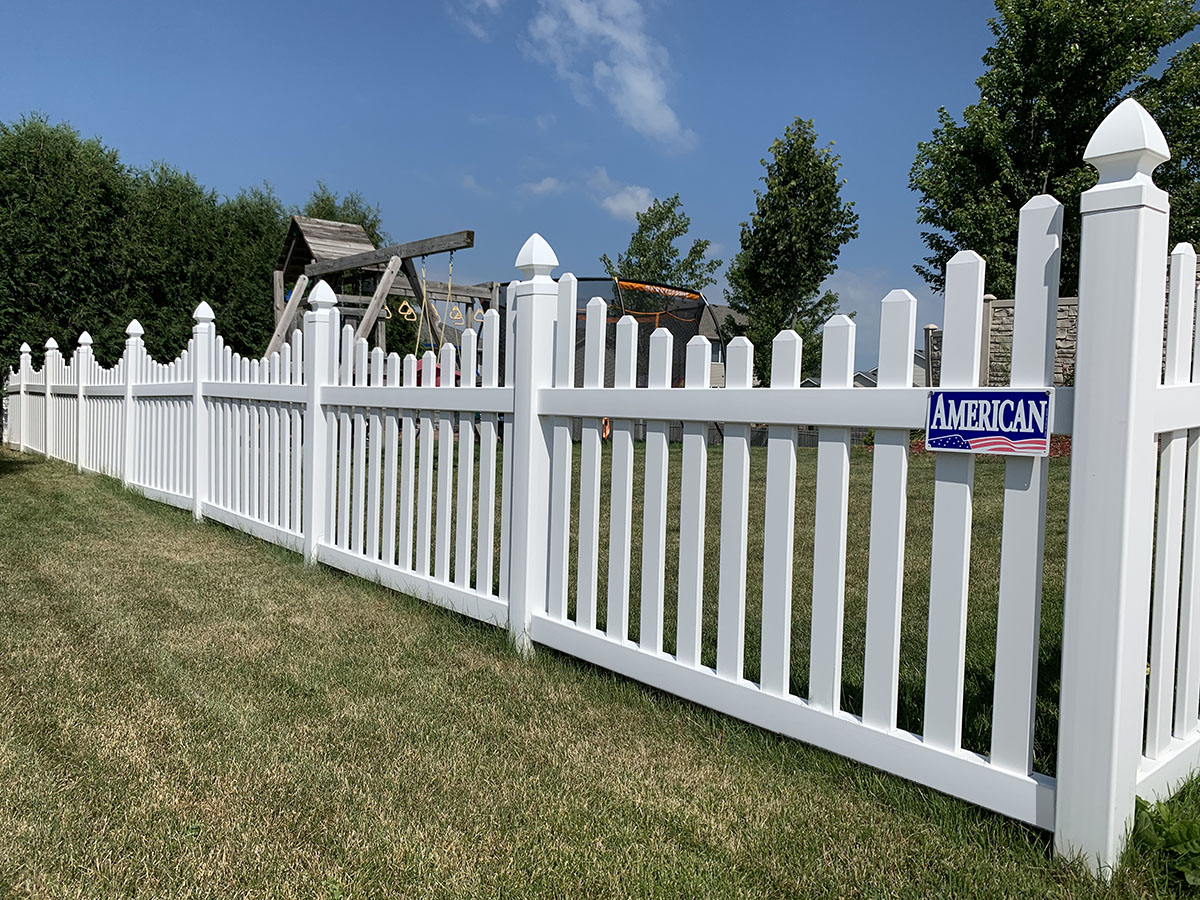All Categories
Featured

When considering installing a fencing on your residential property, one of the most essential actions is to comprehend whether you need a permit. Fencing installations usually need a license to make certain that the framework abides with neighborhood zoning legislations, building codes, and security criteria. The certain permits called for can vary relying on your area, the kind of fence you intend to mount, and the height or placement of the fencing. Right here's a guide to assist you navigate the procedure of acquiring a fence authorization and make sure that your installment is legal and hassle-free.
Why You Required a License for a Fencing Setup. The authorization process helps local authorities verify that your fence does not interfere with website traffic presence, respect your home lines, or violate height constraints. Mounting a fencing without an authorization can result in penalties, removal of the fence, or delays in building and construction, so it's essential to examine whether an authorization is required prior to beginning your task.
Kinds of Authorizations You May Require. There are a few usual sorts of permits you might need for a fencing setup:
Structure Permit. A structure authorization is one of the most common license needed for fence setups. This authorization makes certain that the fence satisfies safety requirements and is constructed according to neighborhood building ordinance. A building permit is usually needed if the fence exceeds a certain height (frequently 6 feet), is made of specific materials, or lies near a public walkway or roadway.
Zoning Permit. A zoning authorization may be called for to validate that your fence complies with regional zoning laws. Zoning guidelines can dictate where a fence can be positioned on your residential or commercial property, exactly how high it can be, and whether it is allowed specific locations (such as along residential or commercial property lines or ahead lawns) Some towns have guidelines restricting the height of fencings in the front lawn to make certain visibility for motorists and pedestrians.

Trouble Authorization. If you are constructing a fence near your residential or commercial property line or close to a road, you may require an obstacle authorization. A problem describes the distance a structure, including fences, should be from the residential or commercial property line. Setback guidelines vary by area, and ensuring that your fence is placed properly can avoid conflicts with neighbors and prevent violations.
Homeowner Organization (HOA) Approval. You may require authorization from them in enhancement to regional authorizations if you live in an area controlled by a House owner's Association (HOA) HOA guidelines typically cover the type of products, elevation, design, and color of fencings. Also if your regional government doesn't require a license, your HOA may still have particular guidelines that require to be complied with.
How to Make An Application For a Fencing Permit. To obtain a fence authorization, you'll need to call your neighborhood building division or planning workplace. The application process typically involves loading out a kind, paying a fee, and submitting a website strategy of your building that reveals the recommended location of the fence. You may likewise require to consist of details concerning the products, elevation, and style of the fencing.
In many cases, a regional authorities may need to inspect your property prior to authorizing the authorization. Once the permit is given, you will be accredited to continue with your fence installation.
When Is a Permit Not Required? In particular circumstances, a permit might not be required. These circumstances can consist of:
Reduced Height Fences: In many locations, fencings that are below a particular height (usually 3 to 4 feet) might not require an authorization, specifically if they are positioned in the yard or other non-visible areas.
Fence Substitute: If you're changing an existing fencing with the same height and product, some locations may not call for a brand-new authorization.
Non-Obtrusive Fencings: Decorative or short-term fences, such as those used for gardening or landscaping functions, might not require permits as long as they are not long-term and low.
Nonetheless, it is necessary to consult your regional zoning workplace or structure department, as laws can differ by jurisdiction.
Effects of Not Acquiring a License. Stopping working to acquire the essential permits can cause substantial repercussions. These consist of fines, required removal of the fencing, or also hold-ups in building. In addition, if your fencing does not fulfill neighborhood policies, you might deal with legal concerns with neighbors or neighborhood authorities.

Verdict. By making sure that you follow local policies and obtain the essential permits, you can make sure and stay clear of costly blunders that your fence is legitimately certified. Examine with your neighborhood structure department, HOA, and zoning office to identify what permits are needed for your certain fencing job.
Latest Posts
Accomplish Your Financial Desires with WyHy's Wealth Management Solutions
Published Apr 21, 25
1 min read
Auto Repair Services: Comprehensive Vehicle Maintenance & Repair Solutions !
Published Apr 21, 25
2 min read
Affordable Luxury: Discover the Advantages of Laminate Floor Covering
Published Apr 20, 25
1 min read
More
Latest Posts
Accomplish Your Financial Desires with WyHy's Wealth Management Solutions
Published Apr 21, 25
1 min read
Auto Repair Services: Comprehensive Vehicle Maintenance & Repair Solutions !
Published Apr 21, 25
2 min read
Affordable Luxury: Discover the Advantages of Laminate Floor Covering
Published Apr 20, 25
1 min read